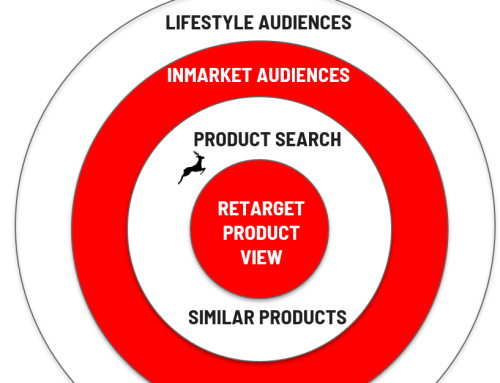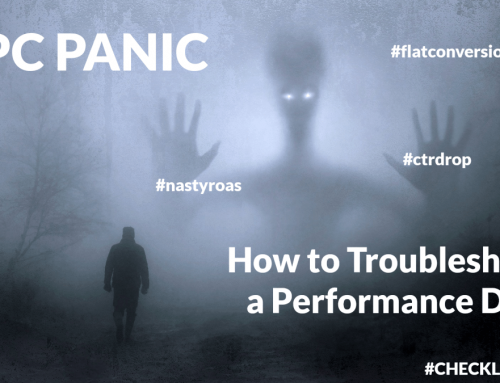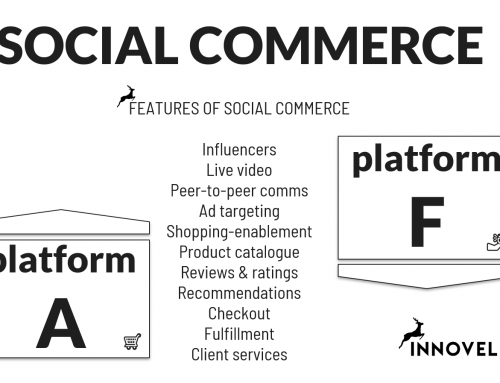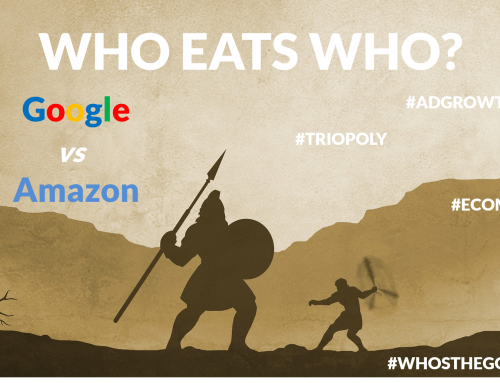I saw this wonderful film on a flight once. Such is the wonder of chance – I was not predestined to watch this film – I zapped through the channels and I had 4 hours to waste on a long haul flight across the Pacific. I would, of course, never have seen it otherwise: the title sounds stupid and superficial and nobody had really marketed that film to me.
The film is about a guy who is miserable and declines everything. He is a no-man. For some reason he decides to change his life and become a Yes-man. All hell breaks loose as he literally says Yes to everthing. Fun film, happy it landed on me and really interesting illustration of the importance of Yes and No.
Unfortunately the last 10 years have seen a one-sided construction of the Attention Society – this new digital economy we live in with is communication channels in hefty mutation – where the No-man has disappeared. Everything is Like, Share, Yes, +1 with almost no room for critique and no room for opposing views.
A good illustration of this was a discussion I saw on LinkedIn. A “specialist” published an article with a provocative title, as it happens so often: “SEO is Dead” or something of the likes. This specialist had some “clout” – a word which has taken its full meaning after the arrival of the service “klout” which became famous by measuring the “influence” of a person’s social media profile. He had enough clout to bring his article to the visibility of some other influencers and when enough influencers had given their “social signals” to the article, it also came to my attention.
The promise in the title is not kept
I remember reading the article and thinking once again “The promise is in the title is not kept”. It was a poorly argumented article with a flashy title and it had made it way to my attention. So I started looking at the reasons why this article had made it to my attention – the main one was that a real specialist – someone who has worked on SEO for the past 15 years or more, criticized the article in the comments. For every point of critique, the author gave a vague answer and so the list of comments prolonged and occasionally more people would chip in also.
And that is where Truth was killed by the Edge rank. This was not on Facebook who created Edge rank: the algorithm which decides what become visible and what not. This piece of content had very strong Social Signals – negative ones. This made the article soar and come all the way up to my attention. I decided NOT to comment on the article in order not to contribute to it’s increased attention.
This kind of thing happens more and more often. There is a multiplication of catchy titles and an over-emphasis on getting the necessary “clout” for your message to even be heard. I get really frustrated when I read a crap article, badly written or not documented, because if I argue or comment “this is not worth reading”, it is as if I was saying “Yes – this article deserves attention”. Additionally, the overemphasis on shortness and catchyness reduces the reader’s attention span even further and makes it impossible to have people read all the way to the end.
Ok, so this is where I need to insert a catchy image or something to make sure you read all the way to the end.
Top 5 Philosophers’ advice for posting on Social Media #contentmarketing pic.twitter.com/QVFRMGUeer
— Anders Hjorth (@soanders) July 4, 2014
The statement in the tweet above is made on the basis of this frustration. A catchy title – Top lists are always good. I even decided to make the title a lie 🙂 A beautiful image to illustrate the concept of silence, important to the message. And there was the resizing and adaptation to the right publication sizes.
Don’t talk if you can’t improve the silence
It is a hard sell. How can you promote silence when you need noise to be heard? How can you suggest the No when only Yes counts?
The Attention Society has revealed its Dark Side.
Smile on the photo, say Yes and remember to ‘Like’ this 🙂





